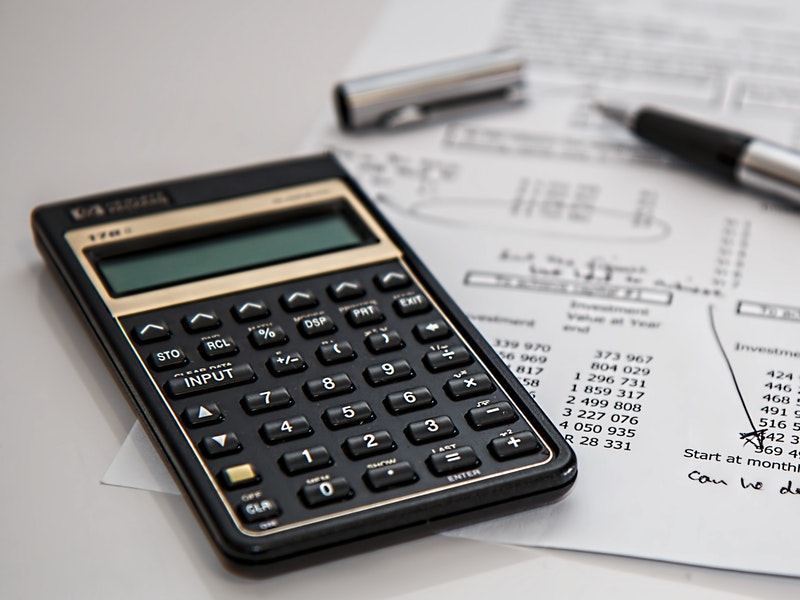Overdraft accounts can be infuriating, to say the least. You inspect your bank statement, not anticipating anything uncommon and – boom – you see an overdraft account fee (or more, or 3). Your balance is now even lower than it was before because you have actually just paid $25 or $35 per overdraft charge to your bank. That injures.
In banking as in life, it is simple to feel caught by that which we can not control. Nobody likes to really feel at the grace of their financial institution, especially when overdraft account policies are not always clear. Thankfully, knowledge is power, and developing an understanding about just how financial institutions run in relation to over-limit fees is the very first step toward regulating your overdrafts.
Gamings Banks Play
While all of us intend to rely on the idea of our financial institution looking out for our benefits, in truth banks need to always strike a balance in between optimizing their very own revenues as well as keeping clients pleased. In the last few years, a growing variety of people as well as customer teams think that financial institutions have actually been coldly preferring their very own rate of interests. In terms of overdraft charges, that is to the tune of over $26 billion in overdraft account charge earnings per year in the U.S. alone.
Below are just a few of the video games financial institutions play to press cash out of you in the form of overdraft account costs every month:
1. They stack purchases: financial institutions have actually admitted to the technique of actually refining the higher-value deals initially, after that moving on to the lower-value ones. This leads to your having a higher opportunity of incurring overdraft costs.

2. They make online declarations needlessly hard to read: often, the reality about your existing readily available equilibrium is not so evident just by promptly eying your declaration. For example, a check that currently reveals as having been paid in your “pay costs” location may not yet be mirrored in your present balance – thus providing you a misconception about offered funds.
3. They recognize debit card costs even when the costs would push you right into negative equilibrium territory and trigger an over-limit fee.
Just how to Work Out a Greater Degree of Control Over Your Bank Overdrafts
Your level of control over financial institution overdrafts will determine how you really feel regarding your connection with your financial institution. Right here are the primary utilize points you have in terms of control over your financial institution overdrafts:
1. Inform yourself regarding just how financial institutions function behind the scenes in relation to overdrafts. (Inspect! – see above).
2. View your account equilibrium twice per day, especially when it is running below $100 or when there are big un-cashed checks.
3. Understand just how to review between the lines of your electronic banking declaration. For instance, maintain a different log of impressive checks, and verify whether all payments that show as having gotten rid of are currently subtracted from your present offered equilibrium.
4. Keep a pad of at the very least $100 in your account. Not everyone has the high-end of doing this whatsoever times, however it deserves going for.
5. Do not be timid about protesting an overdraft cost you really feel was wrongly-charged. Your financial institution might in some cases give you a break if you discuss your argument clearly and smoothly.
For a free list of no-overdraft-fee banks near you, visit https://mymoneycottage.com/your-guide-to-how-overdrafts-work/




